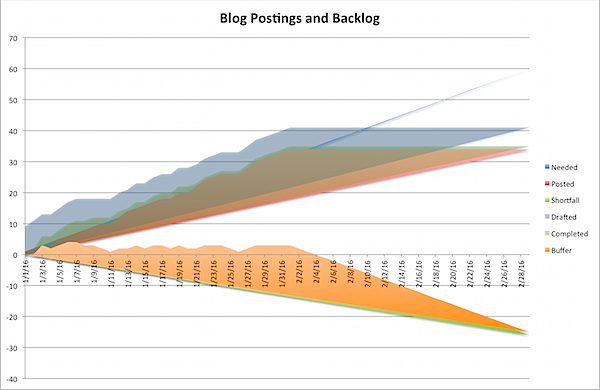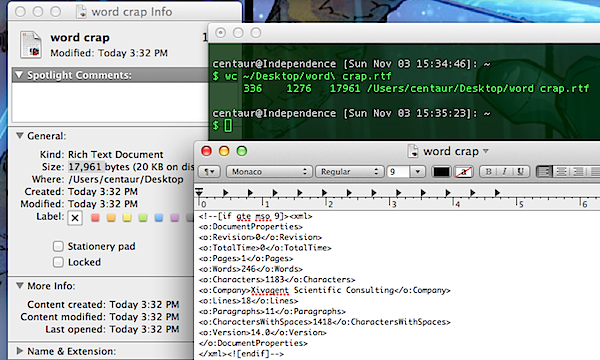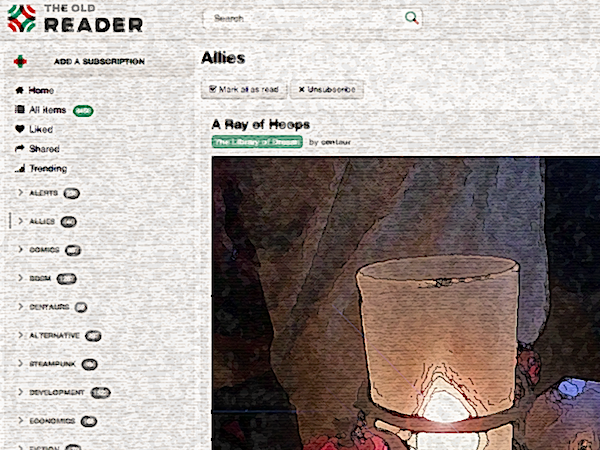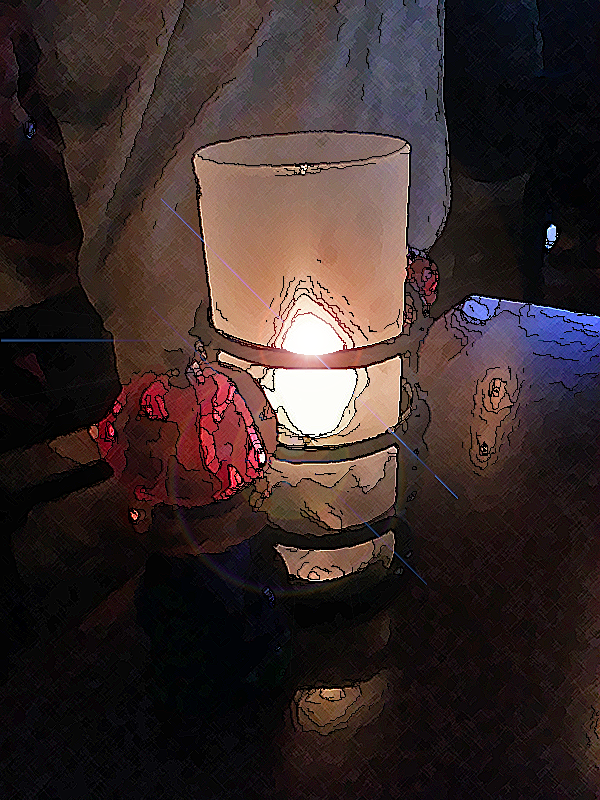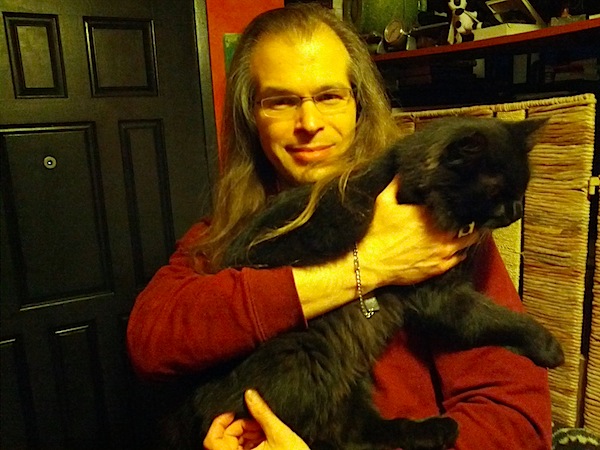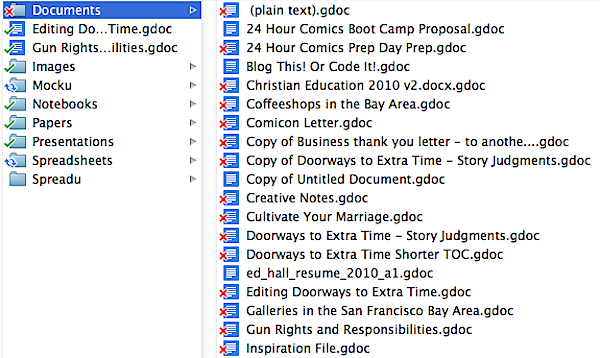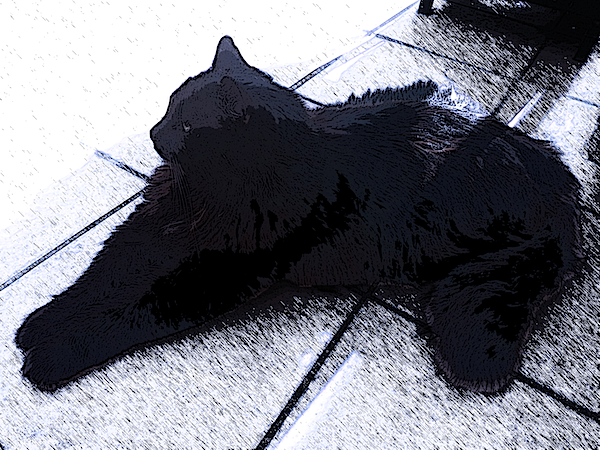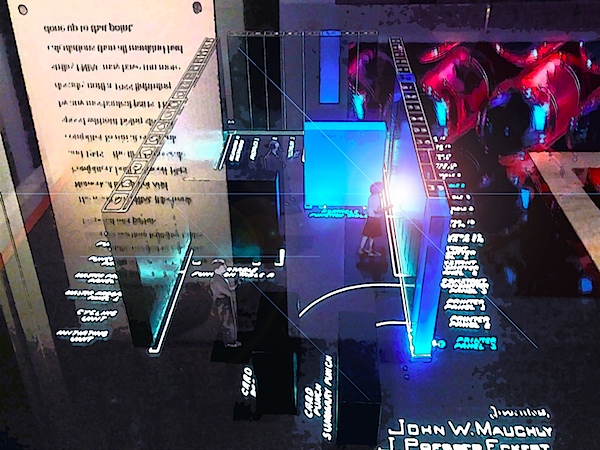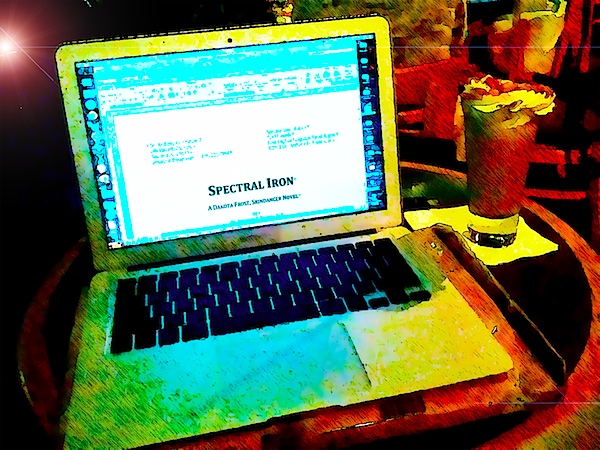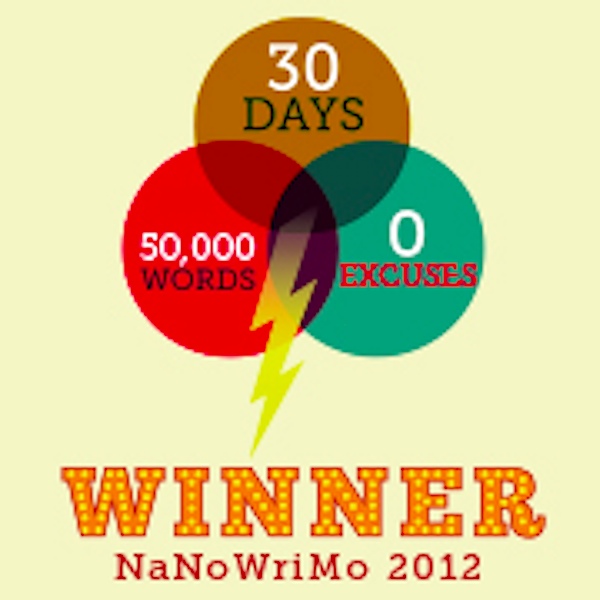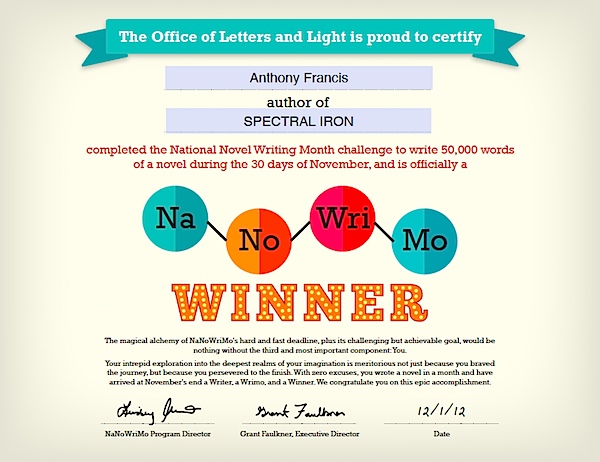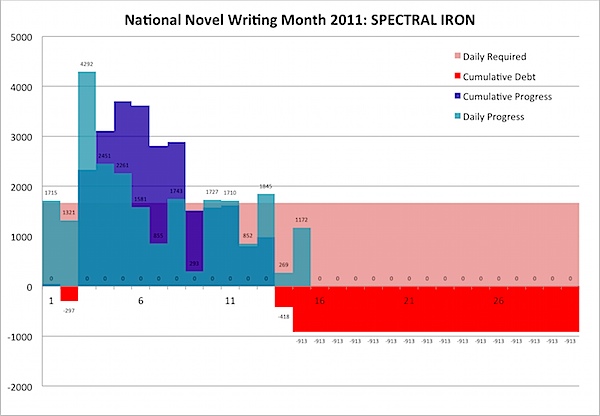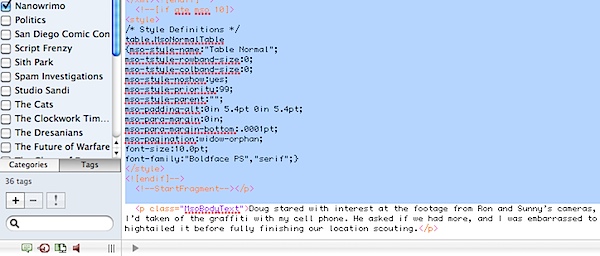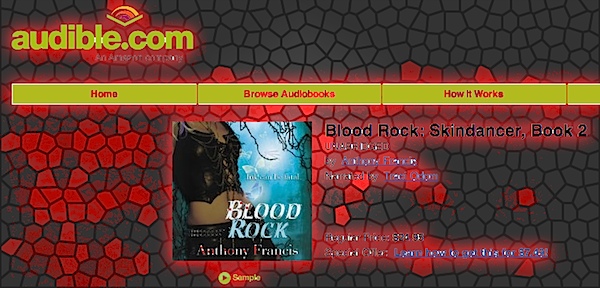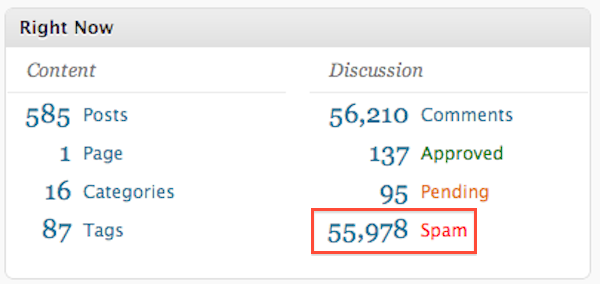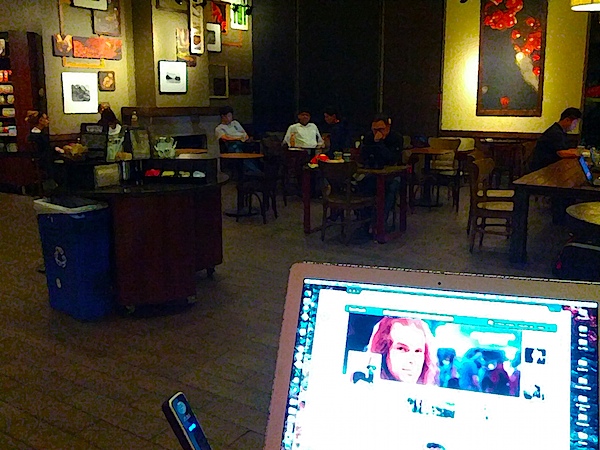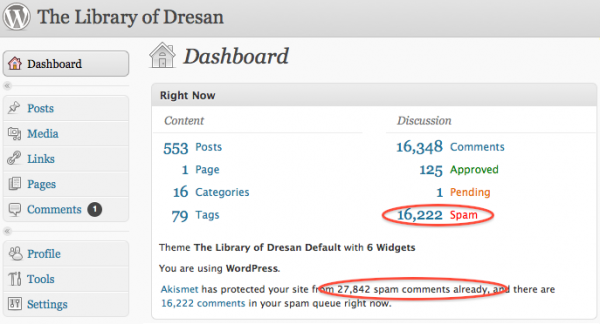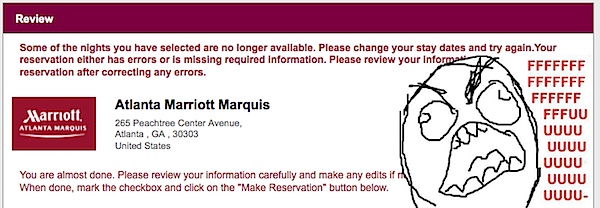
And I don't mean "fu" as in "kung fu".
Once again, Dragon*Con's main hotels have sold out almost a year in advance. The very nice hotel I was in this year, just up the street from The Big Five - the Marriott Marquis, the Hyatt Regency, the Hilton, the Sheraton, and the Westin - sold out before I'd checked out. Three of the Big 5 were sold out by the time I checked that afternoon. The Hilton has rooms at north of $300 a night.
Only the Marriott had rooms, which went on sale at 9:00AM EST today. Sold out by 9:45.
I didn't log on at 9:45, of course. I logged on at 9:00 AM sharp (necessitating getting up at 5AM PST). Dragon*Con's site was overwhelmed, but eventually I got on and got the login information at the very late time of 9:01AM EST. The login information didn't work, for the simple reason that it was wrong.
Sometime around 9:20ish this morning (don't remember the exact time), the overloaded Dragon*Con site (overloaded no doubt by people like me refreshing it looking for the correct Marriott Marquis login information) eventually refreshed and posted the correct login information. (The old data had dropped a digit at the end of the URL). I logged in, after several tries, around 9:21AM (really, pretty quickly), found a hotel room rapidly despite the sluggishness of the interface, and clicked Book.
Nothing.
The site was so overloaded that it wasn't responding to every click event (or, worse, the page got corrupted on download, so the Javascript for the button was broken; it isn't quite clear). I've been around the block, of course, so I had a different browser (Firefox rather than Chrome) and managed to log in there as well, and also found rooms - but the doubles were already sold.
This was around 9:30AM. Shit shit shit!
I continued this reservation. In the background, my original billing had finally timed out, but I kept going on the new one, which seemed to be working. It went all the way to booking, with weird requests for more and more information that kept slowing me down, but still, around 9:39AM EST, I had a correct credit card and was hitting send.
I captured a screenshot of what happened next and pasted it in the head of the article.
That's not a Photoshop, by the way - the "Some of the nights you have selected are no longer available" screen really did say FFFFFFFFUUUUUUUUU(*). I hit "back" on my previous reservation and, magically, the session wasn't expired. It permitted me to continue to book THAT reservation too, right up to the credit card as before. Same result - rooms no longer available.
And all were sold out when I started over.
I could tell you about my struggles with Expedia, but really, they were minor. I went to Expedia, put in the dates of my reservation, selected Downtown Atlanta, saw the hotels on a map, and picked one. The only problem was that clicking on a hotel closed the map and hitting back took you all the way back to the search screen, but I found a hotel, pretty close, pretty cheap.
Just before I hit "book it" I got a funny feeling and checked the hotel on Yelp. Yelp warned me off - in no uncertain terms - and I started my search again. This time I found an even closer hotel, slightly more expensive, near the Aquarium, with glowing reviews in Yelp and Expedia. Then, I found out I wasn't logged in to Expedia and had to start over. But then, when I did...

So maybe there IS reservation fu to be had here. For one of these crazy cons:
- Check your con long in advance.
- Find out when they book up.
- Check their web site early.
- Don't take the web site's word for it on the URL or login information if you're having trouble - look at it carefully, try it in several browsers, and check back to the web site if you have problems.
- Try more than one browser if you've got the right information but are still having trouble.
- Never, never, never give up - but change tactics if you've confirmed the failure.
- Try calling them on the phone (I was doing this in parallel with all of the above).
- Try using Expedia or your favorite reservation site - but use a map, or you'll get screwed.
- Double confirm your choice with Yelp.
- Make sure your credit card is handy and you're logged in to the site.
- Make sure your rapid rewards or rewards plus or whatever information is on hand.
- Never, never, never give up.
So ... I guess I'll be seeing you all next Dragon*Con!
-the Centaur
(*) Or maybe I just imagined that, and then Photoshopped the screencap to match my imagination. Who knows?
